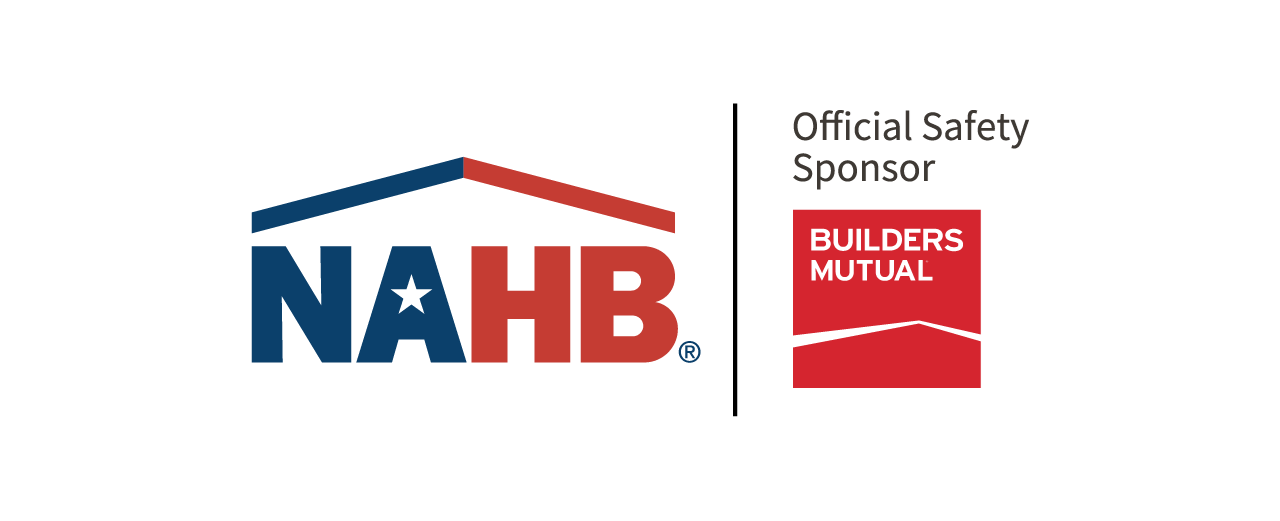Protect Yourself and Workers from the Dangers of Wildfire Smoke
As wildfire season approaches, it is important to understand the effects of wildfire smoke across the country. As we saw last week in the Northeast, even if you are not in an area that is at risk for wildfires, smoke can impact daily life and health.
According to the Centers for Disease Control and Prevention (CDC), exposure to wildfire smoke can irritate eyes and respiratory systems, and worsen chronic heart and lung diseases, including chronic obstructive pulmonary disease (COPD) and asthma. Wildfire smoke can have an immediate impact on a worker’s health, such as coughing, trouble breathing normally, a scratchy throat, headaches and more.
Employers and workers should prepare for and plan to implement procedures to reduce exposures to smoke when necessary, which include:
- Frequently monitoring air quality conditions in the area. The Environmental Protection Agency’s AirNow website provides air quality information at the local and state levels.
- Relocating or rescheduling work tasks to smoke-free or less smoky areas or times of the day,
- Reducing levels of physical activity when possible, especially strenuous and heavy work,
- Requiring and encouraging workers to take frequent breaks in places that are free from smoke, and
- Limiting the worker’s smoke exposure by making accommodations for that worker to perform his/her duties indoors or in a location that reduces exposure to smoke, if possible.
OSHA has provided additional resources on its wildfire page, including:
- Outdoor Workers Exposed to Wildfire Smoke - National Institute for Occupational Safety and Health (NIOSH)
- Worker Safety During Fire Cleanup - CDC
- Wildfires - National Institute of Environmental Health Science (NIEHS)
Visit the OSHA website and NAHB’s pages on wildfires and emergency preparedness for more information.

Latest from NAHBNow
Dec 30, 2025
NAHB's Most Engaging Shop Talk Sessions of 2025The most popular discussions featured topics such as the next generation of women in construction, social media strategies to elevate your business and the art of networking.
Dec 29, 2025
NAHB Mourns the Passing of Past Chairman John “Joe” RobsonJohn “Joe” Robson, 2009 NAHB chairman, passed away on Saturday, Dec. 27. As founder and president of The Robson Companies, Inc., Robson was a leader in the Tulsa, Okla., area home building and development industries for decades.
Latest Economic News
Dec 22, 2025
State-Level Employment Situation: September 2025In September 2025, nonfarm payroll employment was largely unchanged across states on a monthly basis, with a limited number of states seeing statistically significant increases or decreases. This reflects generally stable job counts across states despite broader labor market fluctuations. The data were impacted by collection delays due to the federal government shutdown.
Dec 19, 2025
Existing Home Sales Edge Higher in NovemberExisting home sales rose for the third consecutive month in November as lower mortgage rates continued to boost home sales, according to the National Association of Realtors (NAR). However, the increase remained modest as mortgage rates still stayed above 6% while down from recent highs. The weakening job market also weighed on buyer activity.
Dec 18, 2025
Lumber Capacity Lower Midway Through 2025Sawmill production has remained essentially flat over the past two years, according to the Federal Reserve G.17 Industrial Production report. This most recent data release contained an annual revision, which resulted in higher estimates for both production and capacity in U.S. sawmills.
